Classic Styles are represented by the three orders of architecture: Doric, Ionic, Corinthian. Plus two additional styles which derived from them: Tuscan and Composite.

Image source: https://en.wikipedia.org/wiki/Classical_order
The Doric Order
It is the most recognizable style as it has simple circular capitals at the top of columns. Many of the most important Greek buildings use this style. Furthermore, it is the first style of Classical Architecture and it is a standard of beauty, elegance and strength. It is connected to the moment when monumental construction started using permanent materials, namely stones. Columns are fluted and are of sturdy, if not stocky, proportions, their shafts stand without a base on the Stygobite, which is the uppermost step of three or more steps of a platform called Crepidula. Capital consists of the Echinus and the quadrangular abacus and carries the architrave. The latter has frieze made of Triglyphs, square spaces for either painted or sculpted decoration, and metopes, marble slabs decorated in bas-relief.
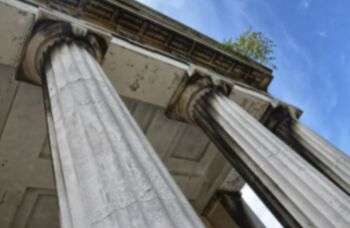
Image source: https://search.creativecommons.org/photos/4a522744-16e9-4e4a-a3e4-8692e446285f by It’s No Game
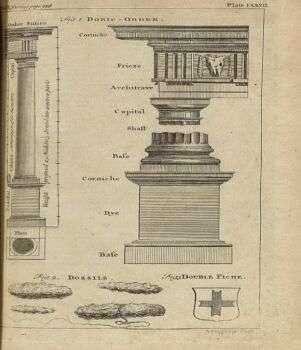
Image source: https://search.creativecommons.org/photos/871a5d99-a223-4c7e-8a23-106bbb449944 by Biblioteca Rector Machado y Nuñez
The Ionic Order
Is primarily identified by its capital, with its rolled-up cushion-like form on either side, which creates the distinctive volutes. Vitruvius describes it as a combination of Doric and Corinthian Orders.
The Ionic order incorporates a running frieze of continuous sculptural relief without the Doric triglyph and metope, yet sometimes has ornaments, such as carved figures. The Ionic column is nine times lowe than its diameter high, its shaft is eight times its lower diameter high, and it’s also marked by an entasis, or a curved tapering. A pair of volutes (scroll-shaped ornaments) decorate the capital, which is only one-third the thickness of the column.
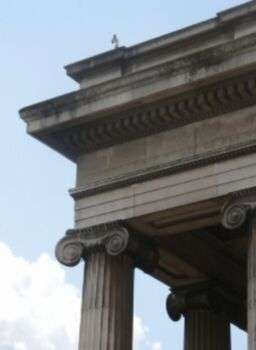
Image source: https://search.creativecommons.org/photos/979b3540-4d84-485a-8fa7-fcf483040349 by Arenamontanus
The Corinthian Order
It is the most elegant of the five orders. Its main characteristic is the striking capital, which is carved to create two rows of stylized acanthus leaves and four scrolls. The shaft has 24 sharp-edged flutes, while the column is 10 diameters high.
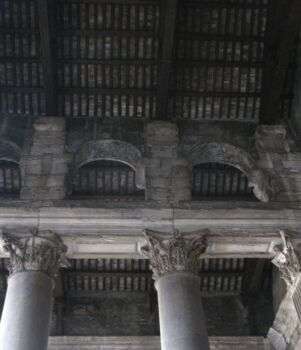
Image source: https://search.creativecommons.org/photos/beccd621-7de9-464a-8b9d-22d3ed201076 by isawnyu
The Tuscan Order
It is one of the two classical orders developed by the Romans. It is not an ornate style, but it is quite solid. Although it is influenced by the Doric Order, it has unfluted columns and a simpler entablature with no triglyphs or guttae (literally dashes). The Romans did not consider this style to be a distinct architectural order. For example, Vitruvius did not include it in his architecture. Its classification as a formal order is traced back to the Italian Reinassance.

Image source: https://search.creativecommons.org/photos/0e298b6b-4f24-43ff-85fe-3d1e58450018 by Following Hadrian
Composite Order
The Composite is a mixed order, as the capital is a combination of Ionic and Corinthian orders. This order is similar to the former one, except for the capital. In many versions, there is some ornament between the volutes. The column is ten diameters high.
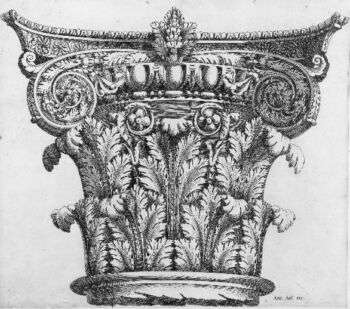
Image Source: https://search.creativecommons.org/photos/5c0f2d40-ff96-4a13-a62c-e513dd66b20f by Léon Davent
Info source: https://en.wikipedia.org/wiki/Capital_(architecture)
